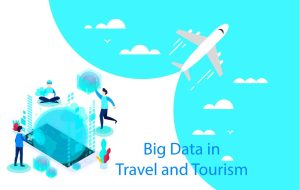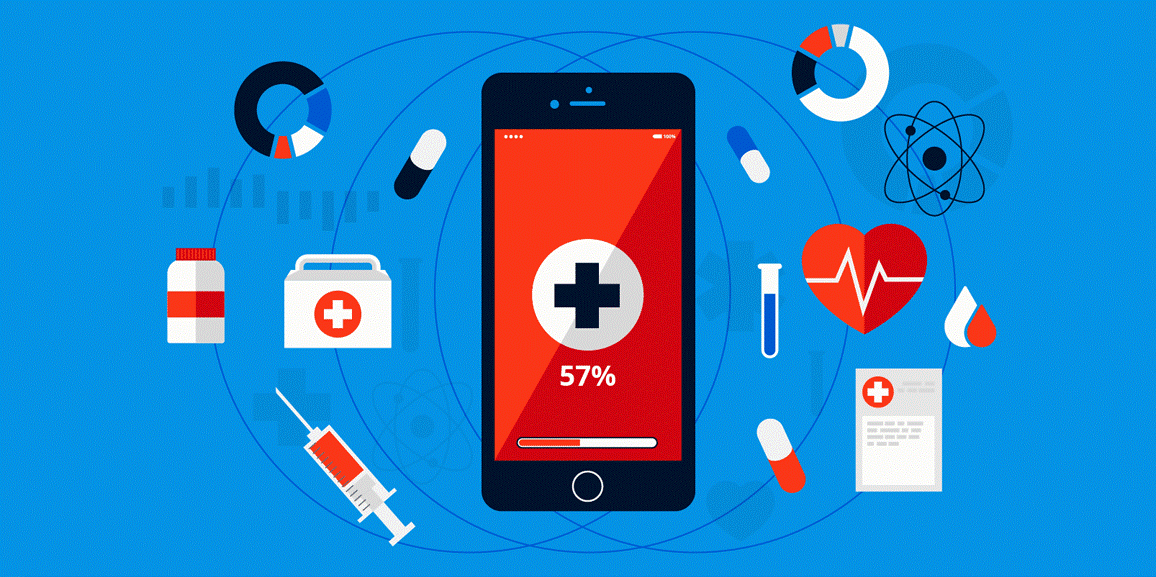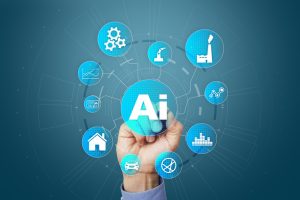
Introduction
Interactive entertainment can make any event memorable, especially when it involves large crowds. Keeping people engaged is crucial to the success of any large gathering, whether it’s a corporate event, festival, or community celebration. In this article, we will explore the top 10 interactive entertainment ideas that can captivate big audiences, create unforgettable experiences, and ensure everyone has a great time.
Top 15 Interactive Entertainment
1. Interactive Photo Booths

Interactive photo booths have become a staple at large events. With fun props, digital backdrops, and instant social media sharing, photo booths engage people of all ages. Some options even include GIF creation and green screen technology to transport participants to any virtual location. These booths not only offer a fun activity but also provide souvenirs for guests to remember the event.
2. Live Game Shows

Bring the thrill of a game show to your event by hosting a live version. With buzzers, trivia questions, and competitive challenges, live game shows are a great way to entertain large crowds. Interactive elements like audience polling and real-time scoring make everyone feel like they’re part of the action, keeping energy levels high.
3. Virtual Reality (VR) Stations

VR stations offer a unique and immersive experience. Participants can explore virtual worlds, play interactive games, or participate in VR challenges. These stations are not only fun but also a great way to introduce new technology to the audience. With options for both single and multiplayer experiences, VR can appeal to a wide range of guests.
4. Mobile Escape Rooms

Escape rooms have exploded in popularity, and mobile versions make it possible to bring the excitement to any large event. Groups work together to solve puzzles and unlock mysteries within a set time frame. Mobile escape rooms encourage teamwork, problem-solving, and engagement, making them a hit for corporate events, festivals, and other large gatherings.
5. Giant Outdoor Games

Oversized versions of classic games like Jenga, Connect Four, and chess can entertain big crowds. These larger-than-life games are visually striking and invite guests to get involved. They’re also easy to set up and can accommodate multiple players, making them a versatile choice for both indoor and outdoor events.
6. Interactive Light Shows

A well-designed light show can be both mesmerizing and interactive. Incorporating audience participation through apps or motion sensors can create a stunning visual spectacle. From synchronized light displays to interactive projections, these shows can transform any space and leave a lasting impression.
7. Augmented Reality (AR) Experiences

AR adds a digital layer to the real world, offering unique entertainment opportunities for large crowds. From interactive treasure hunts to AR-enhanced shows, this technology can create memorable experiences that blend the physical and digital. It’s especially effective for brand activations and engaging tech-savvy audiences.
8. Live Performers with Audience Participation

Involving the crowd in a live performance, whether it’s a comedy show, dance-off, or musical act, is an excellent way to keep everyone entertained. Performers who invite audience participation, such as magicians or comedians, can turn a passive audience into an engaged one, making the performance more exciting for everyone.
9. Drone Shows

Drone shows are the new fireworks. These spectacular aerial displays use drones to create formations, patterns, and animations in the sky. With the ability to sync with music and light, drone shows are a stunning addition to any large-scale event. Some drone shows also include interactive elements, allowing the audience to control patterns via an app.
10. Interactive Food and Drink Stations

Food and drink can be more than just a meal; they can be entertainment too! Interactive stations, like DIY cocktail bars, make-your-own taco stands, or live cooking demos, engage attendees and make them part of the culinary experience. These stations are a great way to encourage mingling and keep guests energized.
11. Bubble Shows

Bubble shows are magical and entertaining for both kids and adults. Professional bubble artists can create giant bubbles, bubble sculptures, and even put people inside bubbles! This type of show is visually stunning and doesn’t require much space, making it suitable for both large and small events. It’s especially popular at outdoor festivals, children’s parties, or family-friendly events.
These simple ideas add variety and excitement to any large gathering. They are easy to organize and make sure your guests stay entertained and engaged throughout the event.
12. Cornhole Tournaments

Cornhole is a simple game where players toss bags into holes on a wooden board. It’s easy to set up and fun for everyone. Hosting a cornhole tournament at your event adds a bit of friendly competition, which can keep guests entertained for hours. It’s a perfect activity for outdoor events, picnics, or casual gatherings where people can relax and enjoy some lighthearted fun.
13. Dance-Off Competitions

Nothing gets a crowd going like a good dance-off. Set up an open dance floor and invite guests to show off their moves. You can have judges or even let the audience vote on the best dancer. This type of interactive entertainment brings excitement and laughter to any event, whether it’s a corporate party or a community festival. It’s a great way to break the ice and encourage people to have fun.
14. Balloon Artists

Balloon artists can quickly make fun shapes like animals, hats, or flowers out of balloons. This activity is great for keeping kids entertained, but even adults enjoy watching the creativity of the artist. Balloon artists can move around the event, bringing joy to different areas. It’s a simple yet exciting form of entertainment that works well at family events and festivals.
15. Face Painting

Face painting is always a hit, especially at events where families with children are present. You can have artists paint colorful designs on guests’ faces, from butterflies to superheroes. It’s an affordable and easy way to add fun to any large gathering, and it gives kids something to look forward to. Face painting booths are great for outdoor events, fairs, and community celebrations.
The Future of Interactive Entertainment
The future of interactive entertainment looks bright. With advancements in technology, such as augmented reality and virtual experiences, there are more exciting possibilities for engaging large crowds. We can expect even more creative and high-tech options at future events, making them more immersive and interactive than ever before. As the demand for unique experiences continues to grow, interactive entertainment will play an even bigger role in creating memorable and successful events.
Analysis Table: Benefits of Top Interactive Entertainment Ideas
| Entertainment Idea | Engagement Level | Setup Complexity | Cost | Suitable for | Audience Impact |
|---|---|---|---|---|---|
| Interactive Photo Booths | High | Low | Medium | Corporate events, parties | High social media sharing |
| Live Game Shows | Very High | Medium | Medium | Corporate events, fairs | Keeps energy high |
| VR Stations | High | Medium | High | Tech events, festivals | Immersive experience |
| Mobile Escape Rooms | High | Medium | Medium | Corporate events, team-building | Encourages teamwork |
| Giant Outdoor Games | Medium | Low | Low | Family events, community gatherings | Visually striking |
| Interactive Light Shows | Very High | High | High | Night events, festivals | Mesmerizing visual impact |
| AR Experiences | High | Medium | High | Tech-savvy events, brand activations | Blends physical and digital |
| Live Performers with Participation | Very High | Medium | Medium | All events | Increases audience involvement |
| Drone Shows | Very High | High | Very High | Large-scale events, festivals | Spectacular and memorable |
| Interactive Food and Drink Stations | Medium | Low | Medium | Casual events, parties | Encourages mingling |
Comparative Table: Top Interactive Entertainment Ideas by Event Type
| Event Type | Top 3 Recommended Ideas | Why They Work |
|---|---|---|
| Corporate Events | 1. Live Game Shows 2. Mobile Escape Rooms 3. Interactive Photo Booths |
Encourages teamwork, networking, and offers memorable moments |
| Festivals | 1. Drone Shows 2. VR Stations 3. Interactive Light Shows |
Spectacular visuals, immersive technology, and crowd involvement |
| Community Gatherings | 1. Giant Outdoor Games 2. Live Performers with Participation 3. Interactive Food Stations |
Easy setup, friendly competition, and promotes socializing |
| Tech-Savvy Events | 1. AR Experiences 2. VR Stations 3. Interactive Light Shows |
Highlights modern technology, blends digital and real-world experiences |
| Family Events | 1. Giant Outdoor Games 2. Interactive Photo Booths 3. Mobile Escape Rooms |
Family-friendly fun, visually engaging, and encourages interaction |
Conclusion
Interactive entertainment is an effective way to captivate large audiences and create unforgettable experiences. From technology-driven options like virtual reality and augmented reality treasure hunts to more traditional but highly engaging ideas like escape rooms and live music contests, there are endless possibilities. Whether you’re organizing a corporate event or a large festival, these interactive entertainment options ensure your crowd remains involved and entertained throughout.








































